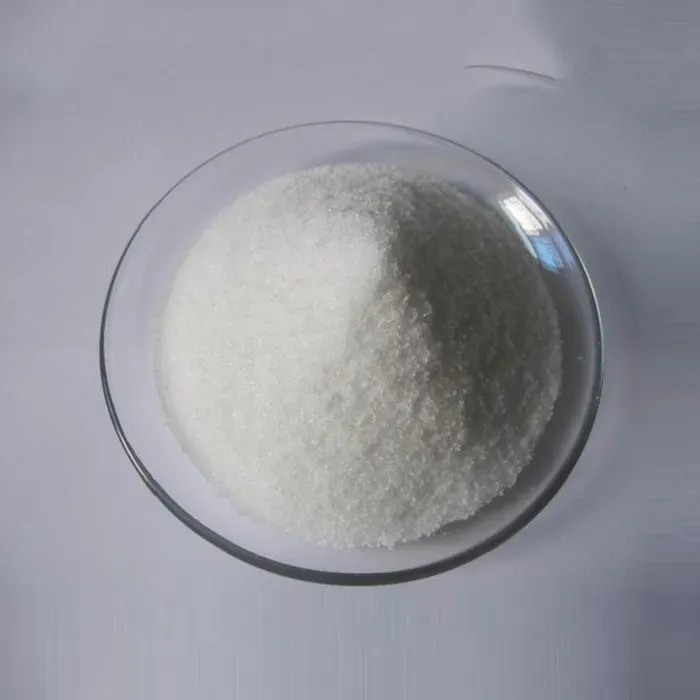Understanding Active Pharmaceutical Ingredients (APIs)
Active Pharmaceutical Ingredients (APIs) form the core component of any medication, serving as the fundamental substance that produces the desired therapeutic effect. This article explores the definition, significance, production processes, regulatory aspects, and future trends concerning APIs in the pharmaceutical industry.
Definition of Active Pharmaceutical Ingredients
An active pharmaceutical ingredient (API) is defined as the biologically active component of a drug that is responsible for its pharmacological effect. While a pharmaceutical formulation may contain various inactive ingredients or excipients that facilitate the delivery of the drug, it is the API that provides the intended therapeutic action. For instance, in a pain relief medication, the API is the compound that alleviates pain, while other ingredients help with absorption or stability.
Importance of APIs in Pharmaceuticals
APIs are critical to the efficacy and safety of medication. They are involved in treating a wide range of medical conditions, from minor ailments to serious diseases. The quality and purity of APIs are paramount since any impurities or variations can lead to reduced efficacy or potential adverse effects. Consequently, pharmaceutical companies invest heavily in their development and production to ensure consistency and quality in their drug formulations.
In addition to their therapeutic roles, APIs play a significant part in the pharmaceutical economy. The global API market has seen substantial growth in recent years, driven by the increasing demand for generic medications, biologics, and advanced therapeutics. This growth has been further accelerated by the rise of personalized medicine, where APIs are tailored to meet individual patient needs.
Production Processes
The manufacturing of APIs is a complex process that involves multiple stages, including research and development (R&D), synthesis, purification, and quality assurance
.1. Research and Development (R&D) This is the initial step where new APIs are discovered through various means, including natural product extraction and synthetic methods. Extensive research is conducted to identify compounds that exhibit the desired pharmacological properties.
2. Synthesis Once a viable candidate is identified, chemists develop methods to synthesize the API. This can be done through organic chemistry techniques, employing reactions that yield the desired compound in a pure form.
active pharmaceutical ingredient api definition

3. Purification After synthesis, the API must undergo purification to remove any unwanted byproducts or impurities. This step is crucial for ensuring that the final product meets regulatory standards for safety and efficacy.
4. Quality Assurance Throughout the production process, stringent quality control measures are implemented. This includes testing the API for potency, purity, and stability. Regulatory bodies such as the U.S. Food and Drug Administration (FDA) and the European Medicines Agency (EMA) set rigorous standards that manufacturers must adhere to.
Regulatory Aspects
The production and distribution of APIs are heavily regulated to ensure public safety. Regulatory authorities require that APIs meet specific manufacturing practices known as Good Manufacturing Practices (GMP). These guidelines are designed to minimize the risks involved in pharmaceutical production, ensuring that APIs are consistently produced and controlled to quality standards appropriate for their intended use.
Additionally, manufacturers are required to provide detailed documentation on their production processes, quality control measures, and testing results to regulatory agencies. This compliance is crucial for gaining approval for new drugs or for any modifications made to existing products.
Future Trends
The landscape of APIs is evolving rapidly, driven by advancements in technology and changing market demands. Biopharmaceuticals, which are complex molecules derived from biological sources, are becoming increasingly prominent. The development of biosimilars—biological medical products highly similar to already approved reference products—often depends on the effective production of APIs.
Moreover, the COVID-19 pandemic underscored the importance of supply chain resilience in the pharmaceutical sector. The industry is now moving towards more localized manufacturing to reduce dependencies on global supply chains for critical APIs.
Conclusion
In summary, active pharmaceutical ingredients are the backbone of the pharmaceutical industry, playing an essential role in the effectiveness and safety of medications. Understanding APIs—including their definition, production processes, regulatory requirements, and future trends—provides valuable insight into the complexities of drug development and manufacturing. As the industry continues to evolve, APIs will remain at the forefront of pharmaceutical innovation, shaped by scientific advancements and the ever-changing landscape of healthcare needs.

